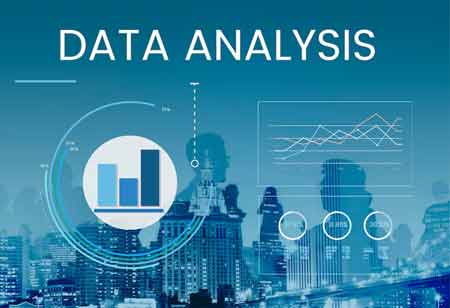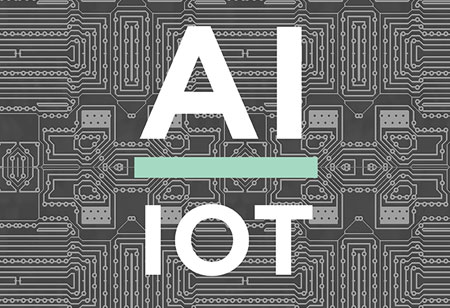THANK YOU FOR SUBSCRIBING
Transforming Organizational Security through Big Data Analytics

By
Apac CIOOutlook | Tuesday, September 02, 2025
Stay ahead of the industry with exclusive feature stories on the top companies, expert insights and the latest news delivered straight to your inbox. Subscribe today.
As the boundaries of digitalization continue to stretch, organizations of any size become more dependent on digitalization to successfully perform any operation. Hence, preserving cybersecurity is becoming necessary for organizations to protect their own digital footprint that not only contains all its information but also comprises details of every individual associated with an organization. Hackers are increasingly becoming sophisticated and to protect the data, organizations must resort to data itself; precisely big data analytics.
Data is essentially the driving force for any organization today. Hence, from the perspective of preserving cybersecurity, data comes quite handy for all firms. A company can trace its data to see which devices have been used for malpractices, devices that are very vulnerable to attacks, and the ones that have already been attacked. Moreover, using data, any organization can keep a tap on its employees to find out any abnormality in their behaviors. Data-based algorithms can detect anomalies in a firm’s complete networking system, identify new threats, and hence equip themselves with stronger filters to combat such potential risks. In essence, data analytics assists a company to measure the security posture of its digital skeleton at every level and then design strategies or develop algorithms to build stronger and much more secure digital networks. Big data analytics is transforming the way an organization maintains cybersecurity and is providing companies with unique, actionable insights to find threats, assess vulnerabilities, mitigate risks, and more importantly, predict them.





